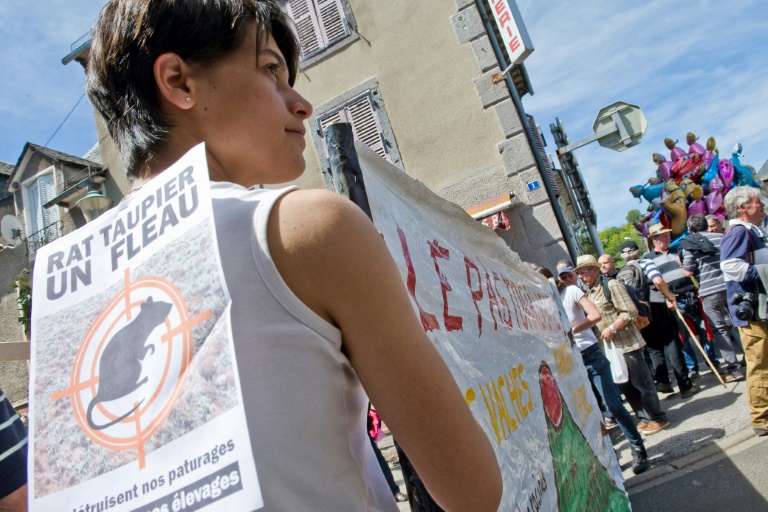Police investigation swings into gear after constables go missing near Grasmere plaza
“I came home, heard this sound and went to my iPhone and started filming,” the Baltimore-based director says of the incident, the basis for “Rat Film,” his essay on the city’s war with its rodent population — and its problematic history of racial segregation.
“I had this piece of footage and I had no idea what it was going to be… It was just this really haunting image.”
Brown rats — otherwise known as Norway, wharf or sewer rats — are thought to have spread across the world from China in the Middle Ages and can grow to the size of a domestic cat.
They have thrived in America’s garbage-strewn east coast cities but their relationship with humans is hardly symbiotic: they get food and shelter while we get chewed cables, parasites and the Black Death.
US television channel Animal Planet named Baltimore the third most rat-plagued city on Earth in 2014, behind two other US destinations, Boston and New York.
A post-industrial Rust Belt town built for one million people, Baltimore is actually underpopulated, with large swaths of its housing boarded up and abandoned — making it a paradise for rats.
The rodent population swelled from fewer than 10 rats per 1,000 residents in 2002 to 60 in 2009, according to local government figures uncovered by Karen Houppert writing for The Washington Post.
A Baltimore City Health Department report that year noted “the rodent infestation rate in Baltimore is six times the national average,” Houppert wrote in her 2013 article.
– Racial segregation –

A protester bears a sign reading “Rats are a plague” during a march to protest against rats (rat taupier) proliferation in Allanche, central France on May 21, 2016
“Rat Film” — which gets its theatrical release this weekend in Los Angeles, having toured the worldwide festival circuit — is much more than a film about rats.
The feature-length debut for 27-year-old Anthony, it invites audiences to see Baltimore’s infestation as a corollary of the urban neglect caused by racist housing policies.
Anthony grew up in nearby Annapolis but lived in Baltimore for years before a recent move to upstate New York, and still keeps a room in the city.
It was the first city in early 20th century America to pass a residential segregation law — later scrapped by the Supreme Court — restricting blacks and whites to certain parts of the city.
“Ain’t never been a rat problem in Baltimore; it’s always been a people problem,” says one of his subjects, a wise and wizened rat exterminator who notes that the critters thrive in poor housing areas.
Fusing old photographs, poetry, 3D simulations and interviews with an eccentric assortment of rodent lovers and rat killers, the filmmaker charts Baltimore’s efforts to confront its pest problem since the 1930s.
His insight is that population control and rat control appeared to be enmeshed in the city’s development, with poor, rat-infested areas “redlined” by insurers as forever undesirable.
The filmmaker highlights the historical city government practice of denying home and business loans to people living in majority-black neighborhoods.
City officials, he demonstrates, were using the same language in the 1930s to talk about the “infiltration” of black populations as they do now to talk about rats.
– ‘Violence towards rats’ –
To underline his point, Anthony lays statistical maps of present-day Baltimore’s unemployment and mortality rates over a racial segregation map from 80 years ago, showing how accurately they dovetail.
He discovered that medical research being carried out in some of the most impoverished sectors led to Curt Richter, a biologist at Johns Hopkins University, inventing the first-ever effective rat poison.
Back in the present day, we meet a pair of “rat fishermen,” who use meat and peanut butter on the end of a fishing line to catch rats in alleyways.
Elsewhere, a rat hunter proudly shows off his armament of pellet guns, and we are introduced to a homeless duo freestyling a poem about hating rats, as well as a snake handler who uses baby rats for food.
“I’m not like a pro-rat advocate or against them. I think there’s a lot of violence towards rats in my film that I have a lot of mixed feelings about in hindsight,” Anthony tells AFP.
“But I have a lot of respect for them and I think they are really adorable and cute. If I was in one place for more than a week at a time I’d probably have a pet rat.”
Download our app